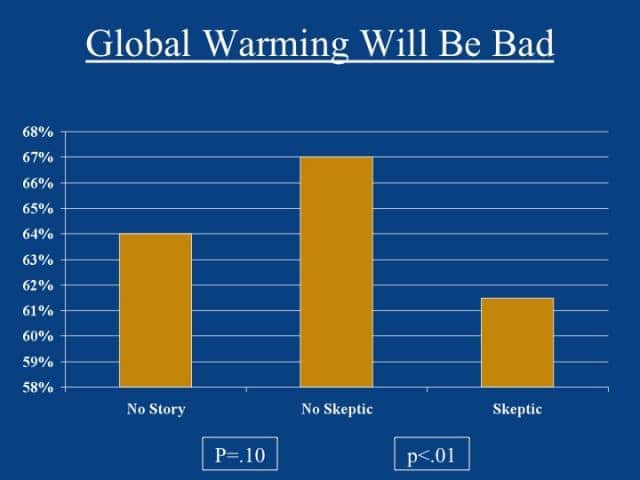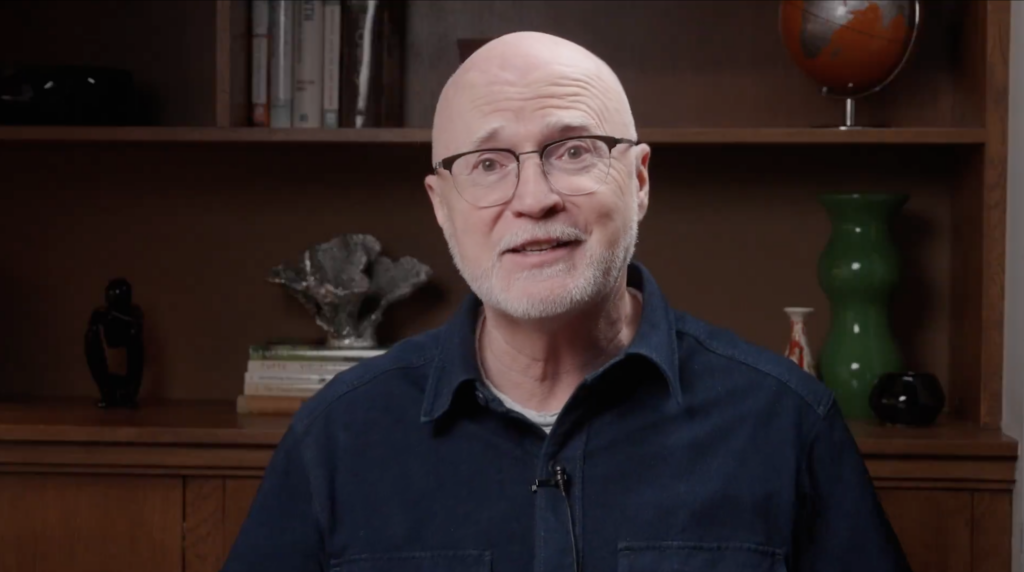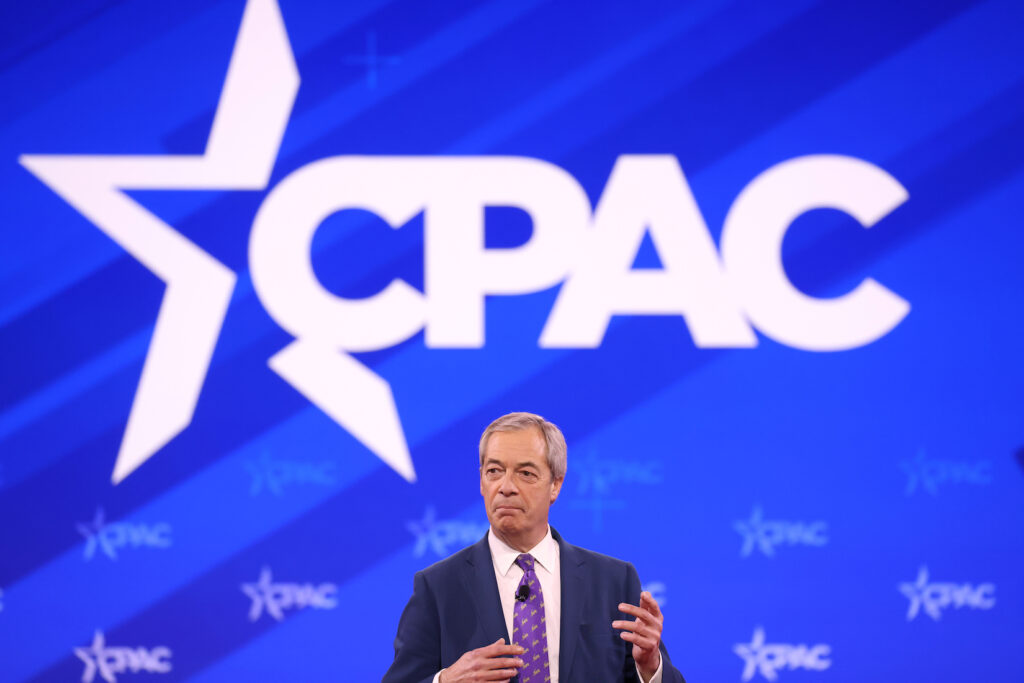Providing climate skeptics a voice in “balanced” mainstream media coverage skews public perception of the scientific consensus regarding climate change, leaving viewers less likely to understand the threat of climate disruption and less likely to support government actions to address global warming, according to the results of a Stanford University research effort.
The Stanford researchers probed the impact on public understanding of climate change when media coverage features a climate skeptic alongside a climate scientist. Media stories featuring only a mainstream climate scientist “increased the number of people who believed that global warming has been happening and that humans have caused global warming.”
However, when media stories also include a climate skeptic, ostensibly to add “balance” to the story, the result is a “significantly reduced” number of people who understand the issue and endorse government action to address the problem.
“Watching a skeptic decreased perceptions of consensus among scientific experts, and this decreased perception of consensus led respondents to be less supportive of government action in general and of cap and trade policy in particular,” the researchers found.
According to the study conducted by Stanford’s Woods Institute For The Environment:
Watching media coverage featuring a skeptic made people:
- Less likely to believe that scientists agree that global warming has been happening (Figure 1 – pdf)
- Less certain that global warming has been happening (Figure 2 – pdf)
- Less likely to ascribe high personal importance to the global warming issue
- Less likely to believe that global warming will be bad for people (Figure 3 – pdf)
- Less likely to believe that global warming is a very serious issue
- Less likely to support more government action to deal with global warming (Figure 4 – pdf)
- Less likely to support a cap and trade system to limit greenhouse gas emissions (Figure 5 – pdf)
The researchers note that the video clips used in the study featured only one skeptic. “Nonetheless, respondents generalized from a single skeptic to scientists more generally, perceiving less agreement in the scientific community broadly,” they found.
“Our findings suggest that balanced news coverage may have been at least partly responsible for discrepancies between the American public and the scientific community on issues of climate change,” according to the Stanford researchers.
Anyone who doubts that misinformation can trump facts and the best science available should take a hard look at this Stanford study.
Subscribe to our newsletter
Stay up to date with DeSmog news and alerts







